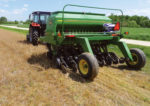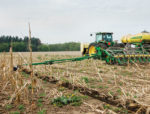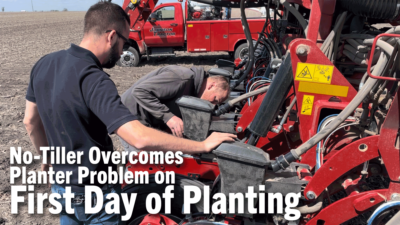Advertise Follow Us
Soil Health
Dual-purpose wheat, stocker cattle and stable no-till soils are helping Oklahoma no-tiller Jimmy Kinder weather droughts and take advantage of ever-changing market opportunities.
Read More
Keep Covers in Your Rotation Without Breaking the Bank
No-tillers can reduce the cost of their cover-crop program and still keep most of the benefits by closely examining their seeding rates and methods and potentially trimming back mixes.
Read More
Machinery Buys Fall Further in 2015
While equipment purchases declined for a second straight year, no-tillers spent more than they anticipated even with lower grain prices.
Read More
No-Tillers Ready to Make Slight Cuts with Fertilizer
After increasing per-acre spends on fertilizer in 2014, no-tillers will try to trim expenditures mostly through cuts to soybean applications.
Read More
Shift Toward Soybeans Continues in 2014
Corn acres slipped in most U.S. regions, while the picture for soybean plantings brightened.
Read More
Farm Size Falls to 7-Year Low
Owned farmland hits highest percentage ever in benchmark study at 47%.
Read More
7th Annual Benchmark Study
No-Till Acres Hold Their Own in 2014
The percentage of total cropping acres in no-till remained stable last year, while strip-till’s share of acres saw further erosion.
Read More
7th Annual Benchmark Study
High Yields Help No-Tillers Stay in the Black
Even as grain prices continued their slide, 8 in 10 no-tillers had a profitable 2014, and most plan to keep investing.
Read More







